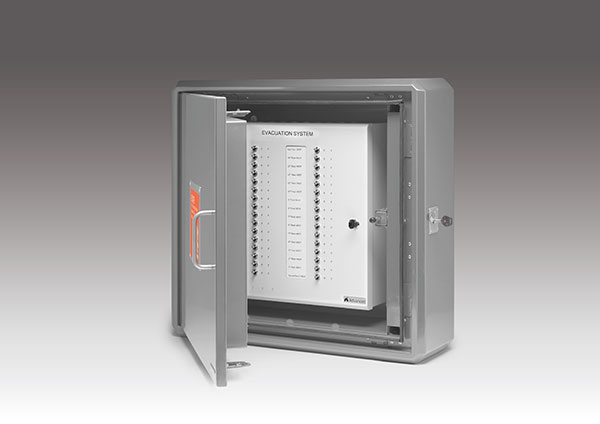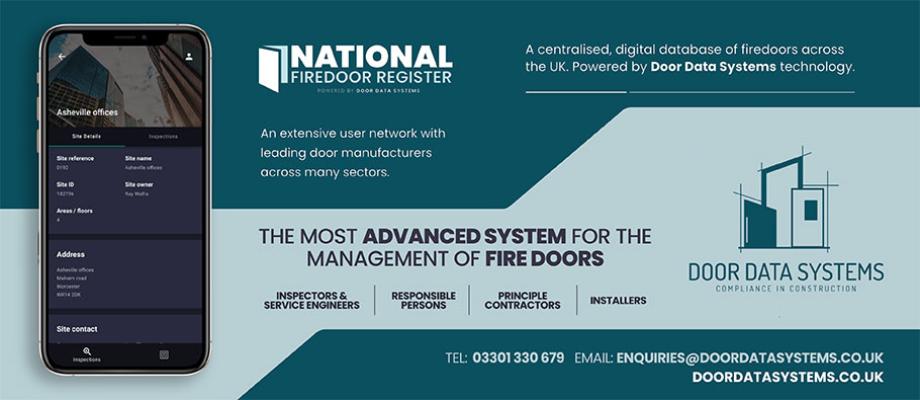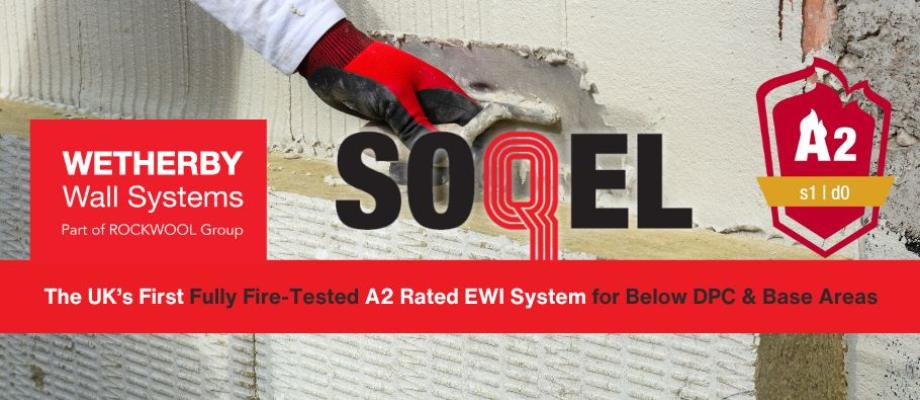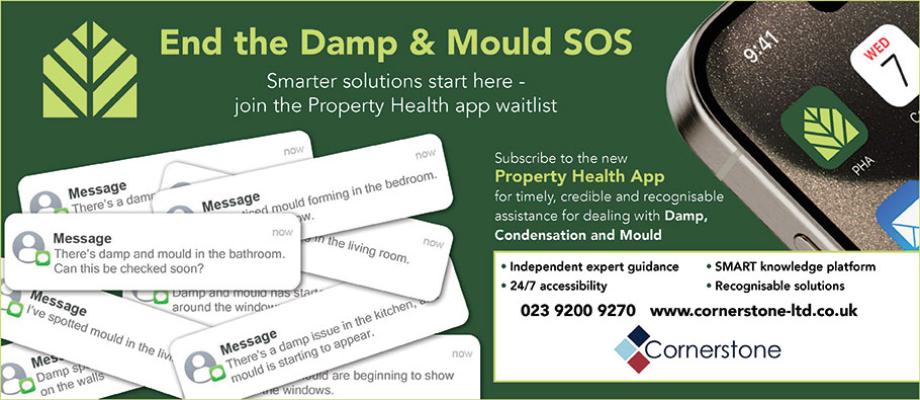The Grenfell Inquiry transformed the fire safety landscape with the subsequent publication of the amended Approved Document B (Fire Safety) of the Building Regulations, the introduction of the Building Safety Act, and the Building Safety Regulator. Shaun Scott, Applications Engineer at Advanced, explains how social housing landlords are facing increased scrutiny and how Evacuation Alert Systems are a route to both compliance and Best Practice. Nowhere faces more scrutiny on fire safety compliance than the social housing sector. On 26 June 2025, the Regulator of Social Housing (RSH) published its latest quarterly survey assessing fire safety in social housing blocks over 11 metres. The report reaffirmed the immense pressure on social housing landlords to submit robust remediation data, not only to the RSH but also to the Ministry of Housing, Communities and Local Government (MHCLG).
Nowhere faces more scrutiny on fire safety compliance than the social housing sector. On 26 June 2025, the Regulator of Social Housing (RSH) published its latest quarterly survey assessing fire safety in social housing blocks over 11 metres. The report reaffirmed the immense pressure on social housing landlords to submit robust remediation data, not only to the RSH but also to the Ministry of Housing, Communities and Local Government (MHCLG).
Social landlords are required to have robust systems and processes in place for fire safety and its management, underpinned by accurate and up-to-date data. This is a key part of landlords ensuring that tenants are safe in their homes. The quarterly survey is just one measure that has been introduced since Grenfell to help tenants feel safe again in their homes.
The quarterly survey is an important tool to help the RSH monitor the progress made by the sector on remediating fire safety defects. Other tools include proactive inspections and responsive engagement to ensure landlords are making progress on fire safety mediation. Boards and councillors have a duty to seek assurance that landlords are meeting legal obligations for building safety, and that risks are being well managed and promptly remedied.
Regulatory Landscape
Regulatory compliance is essential for social housing landlords. The Grenfell Inquiry found that certain areas of the Building Regulations were deficient, and that the evacuation of the building was hindered by a lack of an evacuation plan, as well as some of the decisions made and features of the building itself. The amended Approved Document B (Fire Safety) of the Building Regulations was published on 1 June 2022 and brought clarity and improved fire safety to high-rise residential buildings, including social housing.
The Inquiry highlighted that the ‘stay put’ policy at Grenfell should have been backed up with a Plan B that went further than the fire and rescue service knocking on doors. Recommendations from the Inquiry included that both existing and new build high-rise residential buildings be equipped with evacuation alert systems for use by the fire and rescue service. This led to the creation of BS 8629 in 2019, a code of practice for the design, installation, commissioning and maintenance of evacuation alert systems.
This code of practice is now cited in the updated Part B of the Building Regulations which requires evacuation alert systems that adhere to BS 8629 to be installed in all new-build residential blocks over 18m in England. This should give residents in these buildings reassurance that if they need to leave the building in a fire, the instructions will be communicated clearly and safely.

Evacuation alert systems
The BS 8629 guidance states that an evacuation alert control system should be installed where a ‘stay put’ policy is in force, so that when there needs to be a change in evacuation strategy during an incident, the fire and rescue service are able to inform residents of this change quickly and easily. With a BS 8629 system, evacuation is controlled and targeted by evacuation zone according to the magnitude and location of the fire, enabling the fire and rescue service to evacuate specific areas of the building effectively. These systems also help ensure staircases are not overwhelmed.
The system must also be completely independent of the fire system, as well as from other building management systems and apparatus such as lifts, gas valves, air conditioning and smoke control systems. Furthermore, access to an evacuation alert system should be via patented key only – exclusive to the fire and rescue service - and must be clearly marked ‘For Fire and Rescue Service Use Only’.
Advanced was at the forefront of the development of a bespoke BS 8629 solution and first to market with an evacuation alert system. The EvacGo is designed as an easy way to meet BS 8629 and offers peace of mind to those responsible for a building that they are complying with the new Building Regulations. In addition, Advanced is currently one of a handful of manufacturers to offer an evacuation alert system supplied with a box specially designed by Gerda Security to meet the recommended stringent antitamper standards.
BS 8629 states that the evacuation system must include evacuation alert control and indicating equipment, along with audio and/or visual alarm devices in each apartment, providing clear evacuation signals to building occupants. Most importantly, any compliant system must be simple and intuitive so that it can provide straightforward support to fire brigade personnel coordinating the evacuation of a high-rise residential building. For example, EvacGo provides a simple, at-a-glance overview of a building’s evacuation alert zones, along with LED indication and manual toggle-switch controls for operating evacuation alert devices in each zone. This makes viewing evacuation zone status and implementing evacuation strategies quick, simple and straightforward, with toggle switches easy for fire and rescue service personnel to operate, even when wearing PPE.
Landlord Compliance
With fire safety in high-rise residential buildings a priority, the introduction of the Building Safety Act named the HSE as the new Building Safety Regulator in England to enforce compliance of the Building Regulations. The Building Safety Act also places formal responsibility on those involved in the design and construction of any new building to ensure compliance with the Building Regulations and gives the regulator greater powers to prosecute for non-compliance. It is the duty of the people responsible for the building to put in place and maintain a golden thread of information, with their responsibility continuing for the life of the building.
Since April 2024, social housing providers managing existing high-rise buildings must now have a system in place to maintain the Golden Thread and demonstrate how they are managing building safety risks. Under the Building Safety Act the HSE now possesses significant enforcement tools including compliance notices which require the dutyholders to rectify non-compliance within a specified timeframe; stop notices that mandate cessation of work until safety issues are addressed; prosecution powers to prosecute both organisations and individuals for breaching of building regulations, including fines and imprisonment up to two years; and extended liability. (A new arm’s length body to MHCLG is being established with the intention for this to take on the functions of the BSR from the Health and Safety Executive (HSE) in due course.)
Amended Part B is designed to meet recommendations from Phase One of the Grenfell Tower Inquiry. However, since the Inquiry also recommends evacuation alert systems for high-rise residential buildings “already in existence”[1], further regulation may follow. It is already seen as best practice to install evacuation alert systems and social housing landlords should be considering them, whether existing or new-build, to protect their residents in preparation for a new wave of regulatory change on the horizon.
www.advancedco.com
[1] Grenfell Tower Inquiry Phase 1 Report, Vol 4, June 2017, Page 777 section 33.22d. http://bit.ly/3G9AfZY
- Log in to post comments













